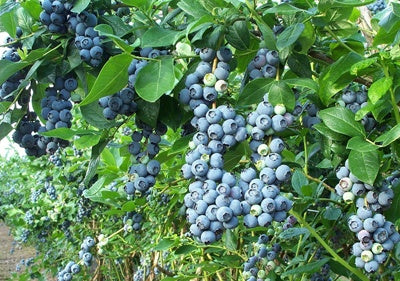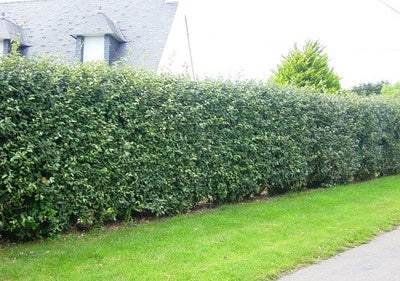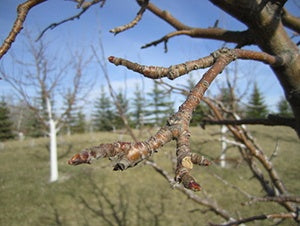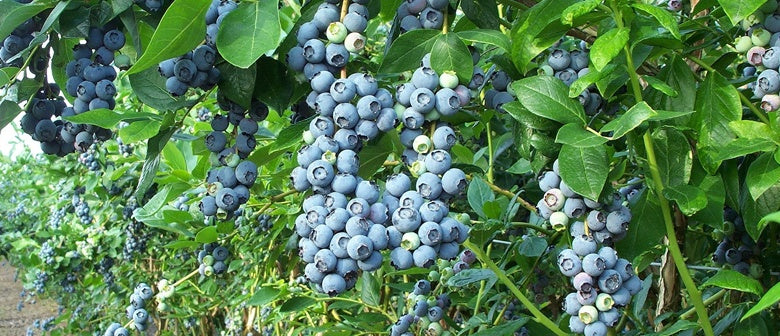Edible Hedges
Want to have your hedge and eat it too? You can with edible hedges! Hedges serve many important functions in the garden – not only marking out the boundary between one garden and the next, but filtering strong winds, providing an attractive leafy backdrop to flower borders, dampening sounds and offering privacy from the outside world. Hedges also provide great shelter and food for local birds and insects, and can provide food for you too!
Here are some of our favourite edible hedges that will not only look great, but also fill your fruit bowl.

Blueberries
Blueberries make an ideal medium sized hedge that is easy to maintain and will provide you with delicious fruit throughout summer and early autumn. They prefer acidic, well-draining soil and will grow best in full sun, though they can handle some afternoon shade.
Blueberries require regular watering so make sure they can be easily accessed by either a hose or irrigation system. Plant 0.6m-1m apart.

Feijoas
If you’re looking at growing a taller hedge, then feijoas are a great option. Feijoas are attractive, hardy, productive and easy to grow, so they make a great low-maintenance edible hedge. For a dense hedge, plant feijoas 1m apart or for a more loosely formed hedge plant 1.5m-2m apart.
The following varieties are best suited to hedge growing: Apollo, Marion or Triumph. It is recommended to plant a mixture of varieties to provide cross pollination which will ensure fruit from early autumn through winter.

Mandarins
Mandarins make a great hedge but it is important to keep the hedge quite open and to monitor closely for bugs. Because trees are planted close together to create a dense hedge, it is easy for insect infestations to multiply quickly and create damage. Spray trees with Neem oil at the first sight of bugs.
When planting your mandarins, leave around 1.5m-2.5m between each tree depending on how dense you would like your hedge. Citrus need plenty of sun to thrive so it’s not the right hedging option for a dark or shady spot. Ensure they get plenty of water during the hotter months as a lack of water can result in dry, tasteless fruit.

Olives
Bring a touch of the Mediterranean to your backyard with an olive tree hedge! These trees can grow to create a tall and informal hedge, and look great planted alongside rosemary or lavender.
Olive trees will be happiest in a sunny spot with well-draining soil, fertilise in summer to encourage both fruit and tree growth. For hedging purposes, plant olive trees 2m-2.5m apart.

Apples
Espaliered apple trees make a great hedging option for narrow areas. They will require either a fence, wall or wiring system to grow against, but are very eye-catching and are a real feature in the garden.
Apple trees have hardy root systems so will grow well even in difficult soil. The best types of apple tree to espalier are those which produce fruit on spurs – which is short stubby clusters of tiny branches (pictured below).

You can find out more about espalier growing here.







